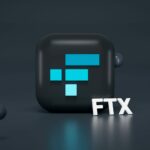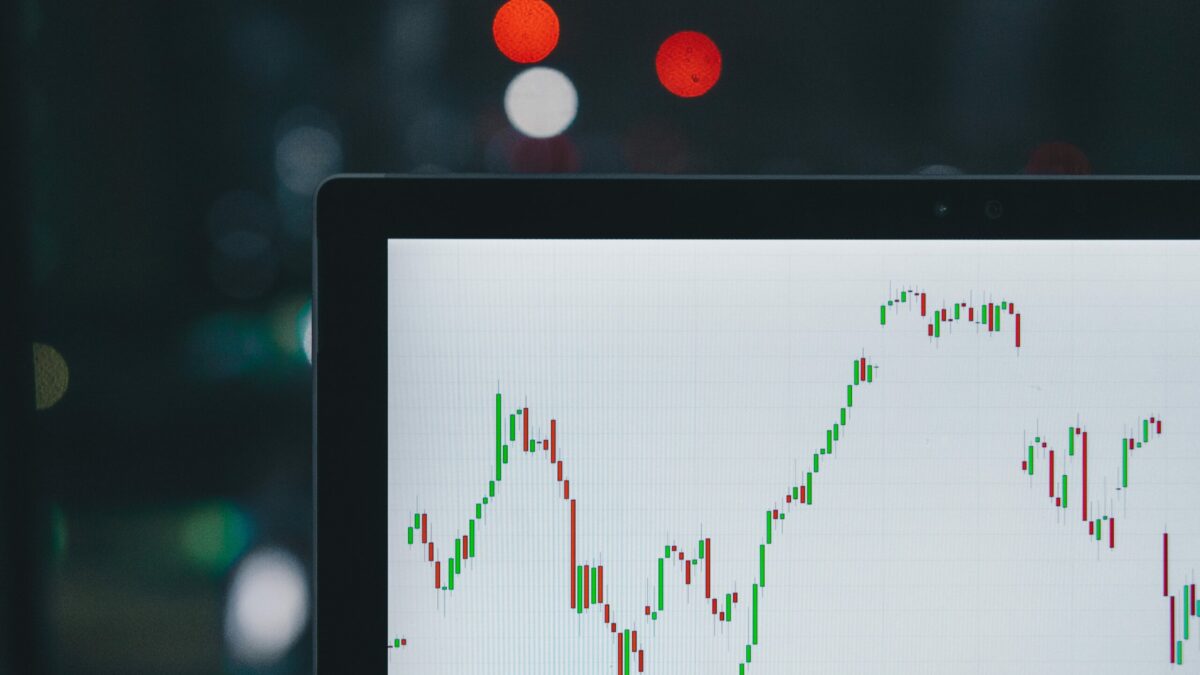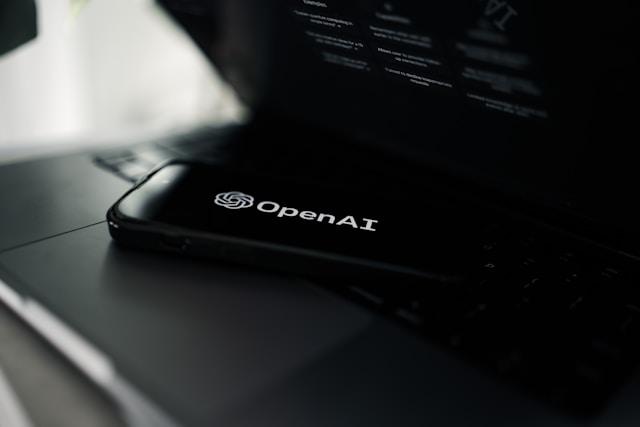
How to Write a Legal Cover Letter
December 17, 2022
The Current Crypto Crisis
December 19, 2022Article by Christopher Green
Collateralised Fund Obligations
A Collateralised Fund Obligation (CFO) is a structured finance product linked to the performance of underlying funds such as hedge funds and private equity funds. This is like how a Collateralised Debt Obligation (CDO) is linked to underlying debt instruments such as mortgages. This structured product involves repackaging fund assets into a special purpose vehicle (SPV), which then issues different seniorities of debt and equity securities to investors. In other words, the proceeds of the securities are used to finance the SPV’s investment into the funds. These can also be established by private capital firms themselves to raise money for their own investments.
An example of a private-equity-focused CFO can be seen below.
These products remain very private affairs, with only a handful of CFOs being made public, such as Temasek Holdings’ $810 million securitisation of a private equity fund portfolio. Consequently, there is very little, if any, public disclosure of the contents of a CFO’s underlying assets. This makes it very difficult to understand who is exposed to what risk.
The Risk of Private Equity and CFOs
To understand why CFOs may be risky, it is helpful to understand what private equity firms do. Private equity firms are investment management companies that invest in the private equity of start-ups and operating companies through a mix of investment strategies. The most relevant of these are leveraged buyouts (LBO), which use debt to finance the acquisition of a target with the assets of the target company used as collateral for the loans, along with the assets of the acquiring company. A recent example of this is Elon Musk’s acquisition of Twitter, where $13 billion of the $51 billion price was done through LBO.
Private equity deal volume burgeoned after the beginning of the Covid-19 pandemic, with the UK’s private equity market completing a total of 1,545 deals worth £159.2 billion in 2021, up from 1,117 in 2020 and 1,246 in 2019. Two key reasons can be identified for this occurrence. Firstly, the disruption caused by the pandemic resulted in the valuations of otherwise financially adequate companies, meaning that investors saw an opportunity to buy low and later sell high. Secondly, the leverage required to complete these deals was historically inexpensive thanks to global quantitative easing programs lowering the cost of borrowing. Consequently, there was a perfect storm for private investment.
With the already high gearing (a measure of a company’s debt related to its equity capital) of private equity, it can easily be seen how the existence of the CFO introduces a greater level of leverage to the industry. This is a matter that becomes increasingly more complicated as global interest rates rise, increasing the cost of existing floating-rate debt and new debt.
The macroeconomic climate becomes more important when examining the impacts of the LBO investment model. This is because LBOs typically have a ratio of 90% debt to 10% equity which means that bonds issued to finance the buyout are not investment grade; bonds such as this are referred to as junk bonds. This makes it difficult for a company subject to an LBO to pursue new debt financing as their credit rating will be impacted by having large amounts of junk debt. For example, KKR-owned Envision Healthcare was recently downgraded to a C rating by Moody’s (C is the worst possible junk credit rating). As a result, increasing the costs of borrowing will only compound a tricky situation.
Interestingly, if many companies subject to private equity LBOs are likely to have poor credit ratings, then the ratings of the CFOs issued by the SPV should also diminish. However, senior bonds issued by Temasek Holdings remain at an A+ rating. Without the information surrounding the exact investments and tranche structure of these securities, it is impossible to verify or dispel that rating. However, recent news from the S&P that there is to be an expected trebling of US and European corporate defaults in 2023 might see the positions of these securities on the downturn. This is welcome news to law firms with strong restructuring, insolvency, and litigation departments. Alternatively, finance practices may rejoice in the short term as these CFOs may become even more common for private equity firms to issue themselves to finance their investments as the cost of borrowing rises.
Gargantuan FX News
The Bank for International Settlements (BIS) has recently claimed that pension funds and other ‘non-bank’ financial firms have more than $80 trillion of off-balance sheet dollar debt in FX swaps. This is a complicated story so this article will break down various topics.
The BIS
According to their website, the BIS’s “mission is to serve central banks in their pursuit of monetary and financial stability, to foster international cooperation in those areas and to act as a bank for central banks”. In other words, they can be viewed as the central bank of central banks.
FX Swaps
FX (Foreign Exchange) swaps are agreements to simultaneously borrow one currency and lend another at an initial date, then exchange the amounts at maturity. FX swaps can be viewed as collateralised borrowing and lending with the repayment obligation to the counterparty being the collateral. There are two parts to this transaction:
- The parties swap amounts of the same value in their respective currencies at the spot rate, which is the exchange rate at the initial date.
- The parties swap amounts again at a predetermined forward rate, so that each party receives the currency they loaned and returns the currency they borrowed.
The forward rate is the exchange rate on a future transaction, determined between the parties, and is usually based on the expectations of the relative appreciation/depreciation of the currencies.
Foreign exchange swaps are useful for borrowing and lending without taking out cross-border loans. It also eliminates foreign exchange risk by locking in the forward rate, making the future payment known.
Off-Balance Sheet Dollar Debt
These FX swaps do not need to be shown as liabilities on the balance sheet as debt instruments need to be. Consequently, these types of swaps are a form of “off-balance sheet” finance and as such will hardly impact their ability to lend and borrow much. The US dollar debt comes from the obligation under FX swaps to repay the dollar principal amount borrowed at the forward rate.
The Problem
Firstly, the BIS may find this noteworthy because this hidden debt is incredibly large and held by pension funds and non-bank financial institutions. These are both companies that help people save for their retirement and invest their money; consequently, if they default on these debts, it could cause a lot of trouble for their investors. Moreover, pension funds are considered very risk-averse given their need to produce long-term gains. As a result, one concern could be to what extent riskier institutional investors, such as hedge funds, are exposed to this debt.
Secondly, there is the issue of size. US$80 trillion is roughly 4 times the sum of US dollars in existence. In fact, US$80 trillion is closer to the size of the world’s economy; US125 trillion. If these debts are to be paid, the debtors will need the dollars to do so. This will likely require the Federal Reserve to kick in and offer swap lines, where entities can swap foreign currency for dollars which will be created at the point of the swap. Interestingly, US dollar swap lines were opened from 2007 to 2009 to ease the impacts of the financial crisis, and in 2020 to soften the blow of the pandemic.
Finally, opening Federal Reserve dollar swap lines raises the issue that the influx of dollars into circulation could exacerbate inflation; not a good idea with the US inflation rate at 7.7% currently. The immediate impact would be the depreciation of the US dollar, perhaps welcome after the strength of the dollar earlier in 2022. As a result, this opens the possibility of cheaper acquisitions of US companies by foreign entities. This creates a valuable opportunity for new legal entrants to the US such as the UK’s magic circle. Firms like Freshfields with strong M&A practices, who represent large UK and European corporations such as Volkswagen, would have the opportunity to represent their clients on these cross-border acquisitions. This could largely improve the client base of these firms, whilst reducing the client base of their US competitors. In turn, growth in US clients could be a key selling point to entice partners away from US firms.
Concluding Thoughts
Both topics appear to have the tone of the doomsday alarm. However, it is important to remember that law firms are balanced with countercyclical practice areas. These are areas that do well in booms and busts. Consequently, when firms look at things that could be the harbinger of a financial crisis, they will examine how they can profit from the boom and the bust. For example, this could be done by continuing to build strong private equity and structured finance practices, whilst developing fraud litigation and restructuring teams.





